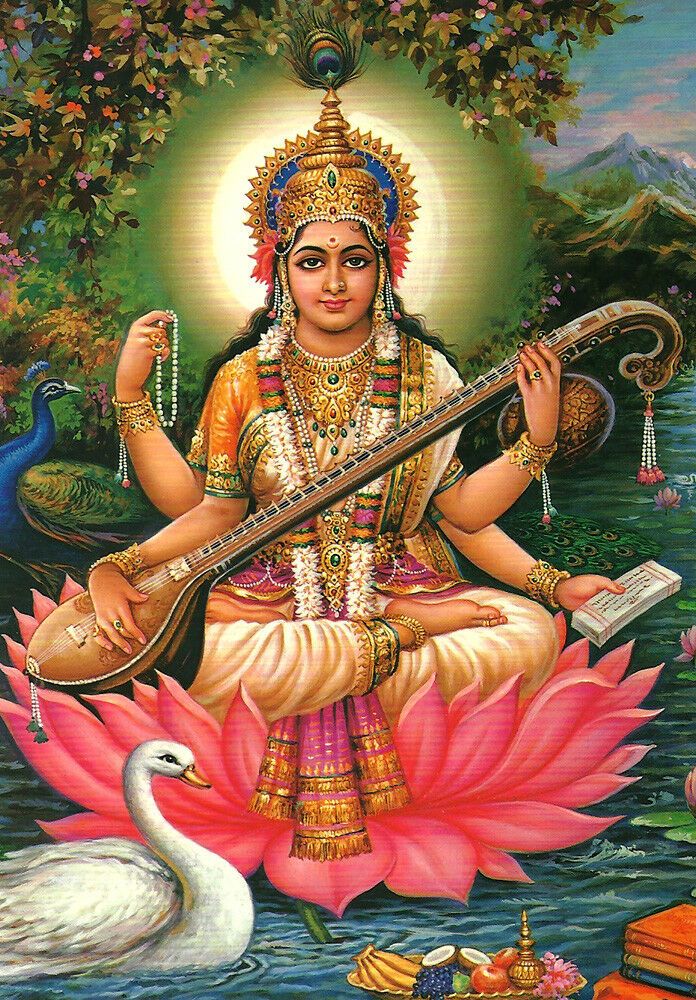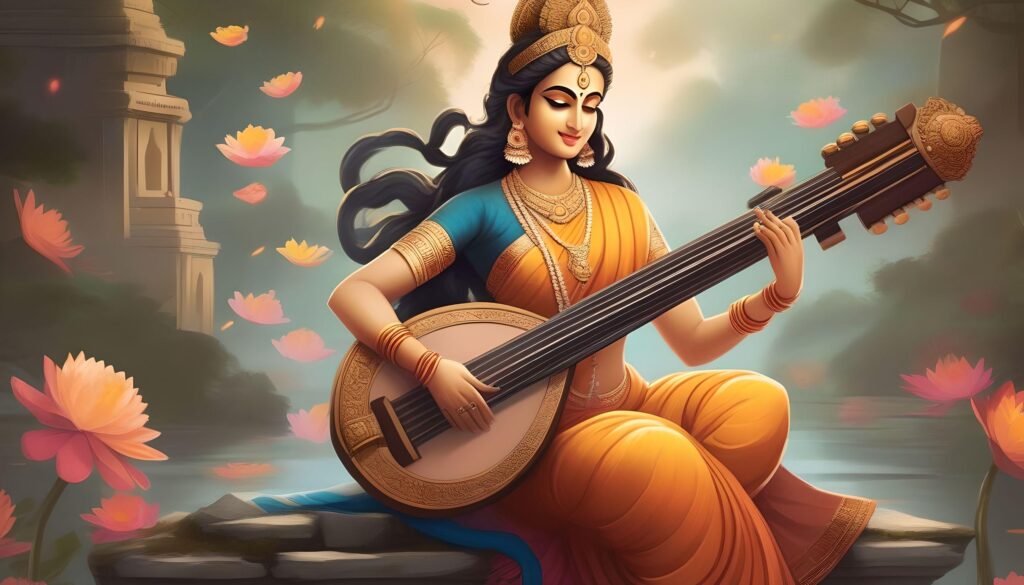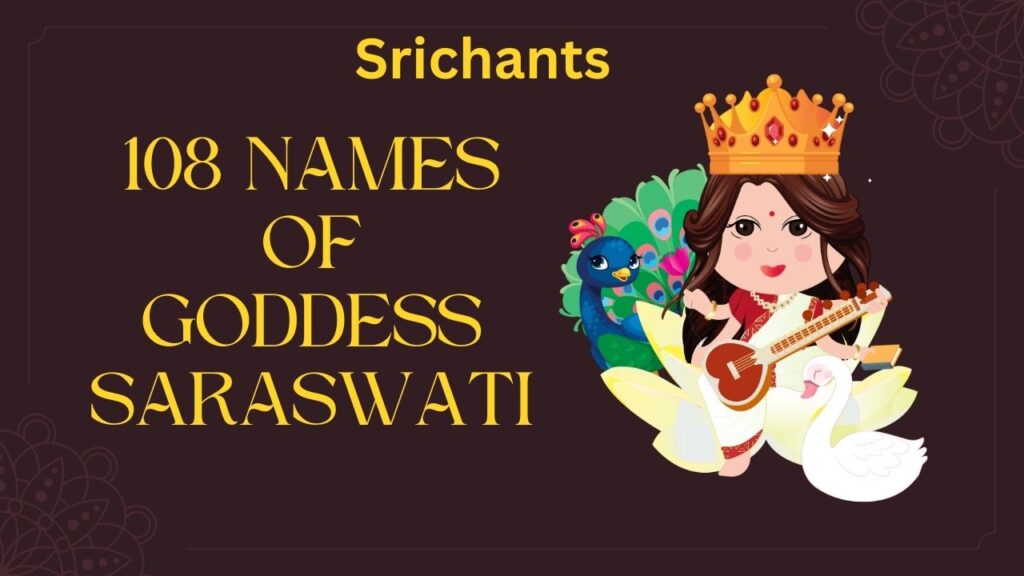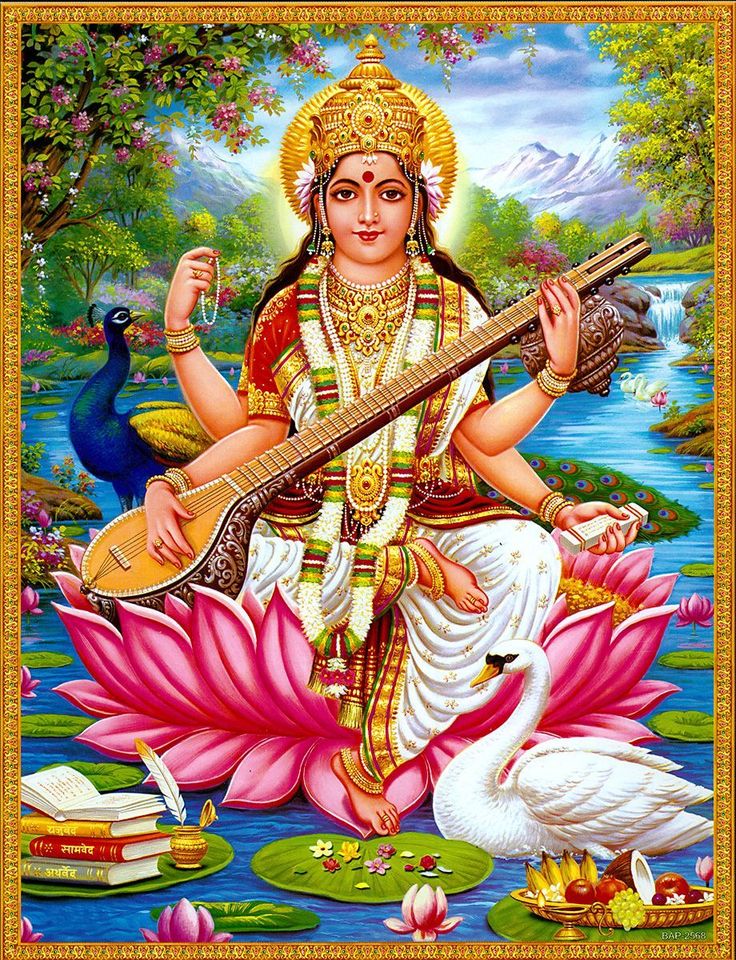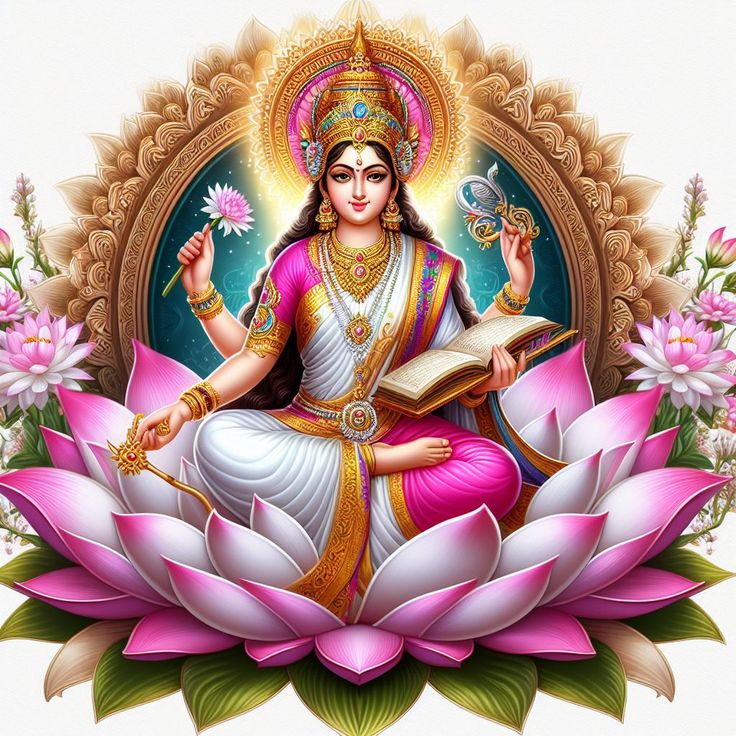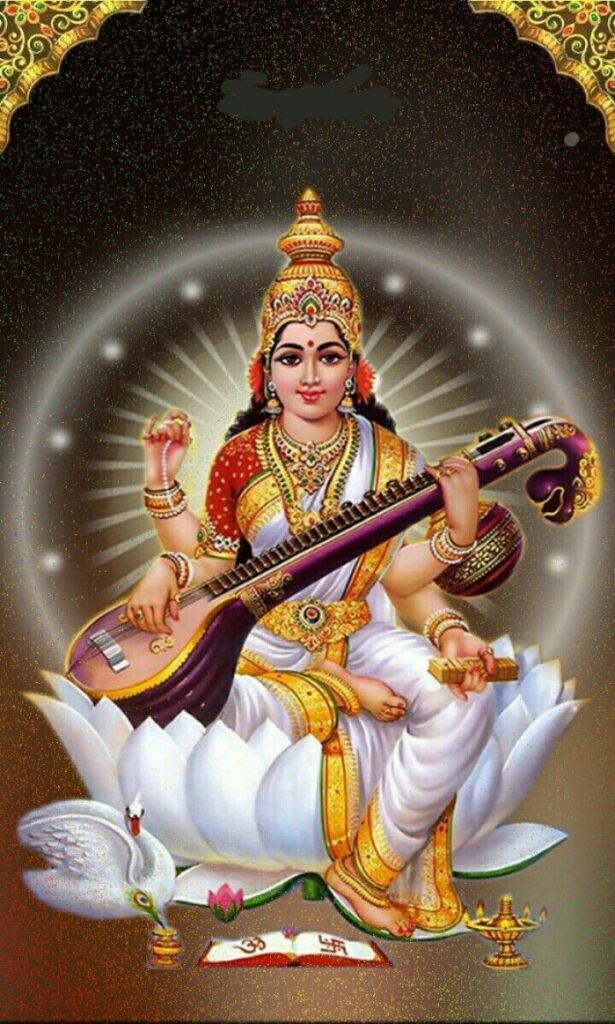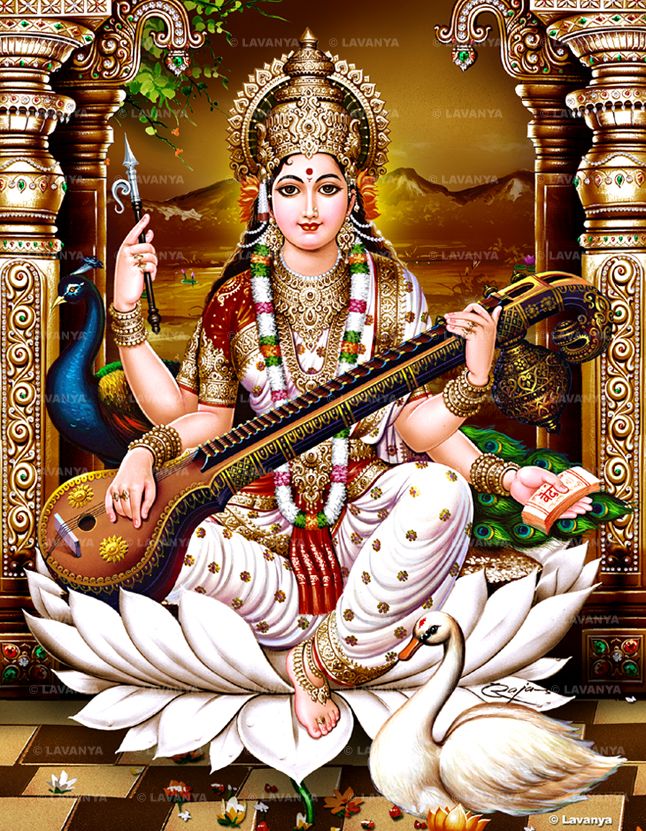Saraswati Puja : Connection to the Hindu Festival
Introduction
One of the most revered celebrations in the Indian subcontinent, Saraswati Puja, awaits the Hindu devout as the soft whispers of spring bring in a fresh season of rebirth and expansion. Devotees all across the region have a special place in their hearts for this lucky event honoring the respect of Goddess Saraswati, the embodiment of knowledge, arts, and wisdom.
Deeply ingrained in rich cultural customs and mythological importance, Saraswati Puja crosses religious barriers to involve people of all backgrounds in its divine benefits. This celebration stimulates the senses and feeds the soul from the vivid colors of yellow decorating the celebrations to the melodic chanting resonating through the air.
We will explore the fascinating history, great relevance, and the amazing ceremonies that make Saraswati Puja a really magical celebration of the search for knowledge, creativity, and enlightenment of the human spirit in this extensive post.
Revealing Saraswati’s Essential Nature: The Goddess of Wisdom
Saraswati Puja is fundamentally about respect of the Hindu goddess Saraswati, the personification of knowledge, education, and the arts. Derived from the Sanskrit words “Saras,” meaning “flow,” and “Wati,” meaning “bearer,” Saraswati is venerated as the goddess bestowing onto her devotees the ongoing flow of wisdom and intellect.
Saraswati is shown visually as a calm and elegant lady seated on a white lotus, dressed in a perfect white sari, and sporting four hands. She has in her hands a book, a rosary, a Veena—a stringed musical instrument—and a jug of holy water, therefore signifying her control over the spheres of music, literature, spirituality, and the divine. The great swan, her celestial friend, stands for purity, wisdom, and the capacity to discriminate truth from lie.

Saraswati’s divinity is essentially found in her capacity as the source of all knowledge, imagination, and intellectual ability. Respected as the goddess encouraging creativity, academic brilliance, and artistic endeavors of her followers, she is By means of her blessings, people are enabled to realize their best potential, surpass their constraints, and attain excellence in their respective domains.
Saraswati: A Mythological Story’s Birth
Saraswati Puja began in the complex tapestry of Hindu mythology, where the birth of the goddess is entwined with the building of the earth itself. The ancient scriptures tell the tale with the Hindu trinity’s creator, Lord Brahma, feeling depressed by the quiet and solitude of the recently created Earth.
Brahma is supposed to have sprinkled water from his Kamandal, a holy water pitcher, into the air to correct this, producing an angelic form clutching a Veena, a stringed musical instrument. Understanding the power of this holy entity, Brahma asked her to perform music and bring happiness, therefore shattering the stillness that had engulfed the just created planet.
Along with marking the birth of Goddess Saraswati, this symbolic deed represented the bestowal of the priceless talents of speech, knowledge, and creativity upon humanity. Saraswati Puja has been observed from that day forward as evidence of the goddess’s part in fostering the academic and artistic interests of her followers.

The Significance of Vasant Panchami: Beginning Spring
Saraswati Puja is closely related to the lucky event of Vasant Panchami, which starts the Hindu calendar’s spring season. Celebrated on the fifth day of the bright half of the Hindu month of Magha, Vasant Panchami is very important in the spiritual and cultural fabric of the Indian subcontinence.
Spring’s vivid colors and promise of fresh starts are considered as a metaphor for the flowering of knowledge, invention, and intellectual development. Goddess Saraswati is supposed to shower her blessings onto her followers during this period, therefore enabling them to start fresh scholastic and creative endeavors with fresh zeal and energy.
Vasant Panchami has importance outside of the arts and classroom. This holiday is also connected in Hindu mythology with the tale of Kamadeva, the deity of love, and his wife Rati. The Matsya Purana holds that it was on this lucky day that Lord Shiva, who had earlier slain Kamadeva, fulfilled the wish of the unhappy Rati and brought her husband back to life. The Rati-Kaam Mahotsav, a celebration of the heavenly union of love and loyalty, marks this event.
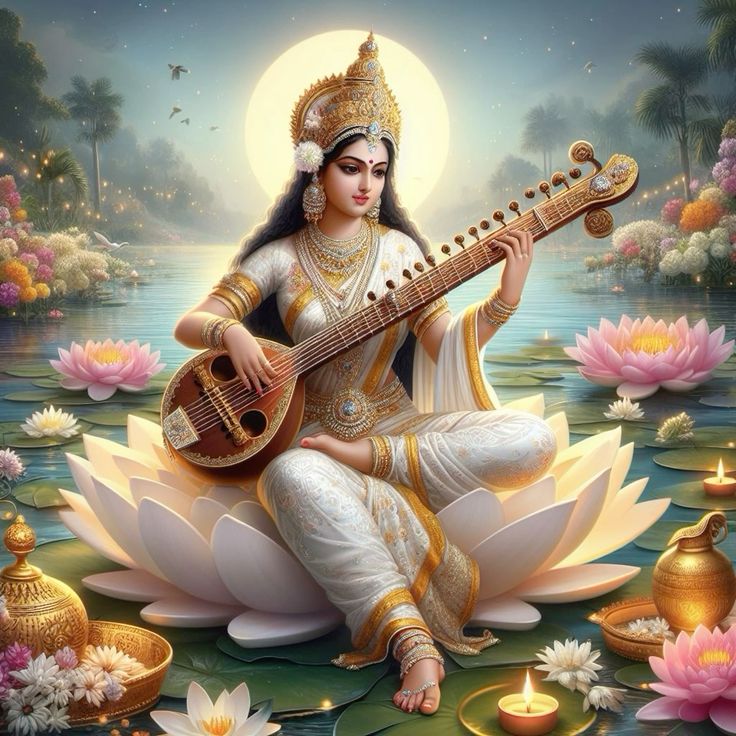
The Vibrant Saraswati Puja Celebrations
The celebrations of Saraswati Puja are a vivid tapestry of customs, rites, and cultural manifestations that wonderfully stimulate the senses and feed the soul. Celebrating this lucky event takes different and varied forms all throughout the Indian subcontinent, each reflecting the rich legacy and regional customs of the local populations.
Offerings and Rituals
Saraswati Puja is fundamentally about the puja (worship) of the goddess, when guests present her with a rainbow of offerings. These comprise aromatic flowers, especially the yellow marigold, which is seen as lucky; classic sweets and fruits; and holy objects including incense, lamps, and holy water. Seeking her blessings for scholastic success and artistic endeavors, students may arrange their books, pens, and musical instruments at the feet of the goddess.
The Saraswati Vandana, a set of devotional hymns and prayers honoring the goddess’s heavenly qualities, is sung alongside the puja rites. These holy chants invite the faithful to interact with the heavenly essence of Saraswati by resonating with the rhythmic rhythms of ancient instruments, therefore fostering a respect and dedication.
Temple Visits and Cultural Events
Everywhere on the Indian subcontinent, temples and educational institutions celebrate Saraswati Puja with great fervour. Devotees travel to famous temples honoring the goddess, such the Pashupatinath Temple in Nepal and the Swayambhunath Temple, in order to ask her blessings.
At these holy locations, the celebrations come to life with a vivid exhibition of cultural events including music, dance, and student and artist reciterations. Often including the vibrant scribbles of letters, numbers, and children’s names, these temples’ walls capture the enthusiasm and excitement that permeate the environment.
Outside the temple gates, educational institutions become centers of cultural extravaganza where students display their skills in all spheres including arts and academics. These festivities not only respect the goddess but also act as evidence of the transforming ability of knowledge and the arts.

The Significance of Yellow Colors
Yellow is especially important in Saraswati Puja celebrations since it is intimately related with the goddess and the spring season. Particularly students, devotees choose vivid yellow clothing to represent the brightness of the sun, the flowering of nature, and the promise of a new age of development and illumination.
Yellow is more common than just clothes since followers present the goddess with yellow flowers like the marigold. Furthermore improving the vivid palette of the celebrations are traditional sweets and delicacies made for the occasion, including sweet rice and halwa with yellow color.
This symbolic usage of the color yellow not only captures the brightness of the spring season but also functions as a visual metaphor for the illumination of the intellect, the radiance of knowledge, and the unbounded creativity Goddess Saraswati bestows upon her devotees.
Universality of Saraswati Puja
Saraswati Puja invites people from many backgrounds to experience its heavenly blessings, therefore transcending religious and cultural borders. Although Hindus celebrate the event mostly, individuals from many different religions have come to love the goddess since they see her as the universal personification of knowledge, wisdom, and the arts.
For example, Saraswati Puja is observed with tremendous enthusiasm in Nepal, under the Basanta Panchami holiday. Celebrations in this Himalayan country mirror the complex tapestry of cultural interaction as followers from many religious backgrounds gather to respect the goddess and ask her blessings.
Likewise, the younger generations in the Indian state of West Bengal have particular affection for Saraswati Puja since they eagerly await the coming of this lucky event. Grand feasts, cultural events, and the energetic exhibition of the goddess’s iconography in public and household areas define the celebrations in this area.

Saraswati Puja is universal in that it can connect individuals in a common search of knowledge, creativity, and intellectual development beyond of faith lines. Whether one’s religious background or not, thinkers, artists, and students all seek the goddess’s blessings as they start their different paths of self-discovery and success.
The meaning of Saraswati Puja for academics and students
For students and academic institutions, Saraswati Puja is especially important since it is thought to be a lucky day to start fresh artistic and learning activities. Respected as the personification of knowledge, the goddess’s blessings are sought by followers to help them succeed in their creative and intellectual activities.
Seeking her heavenly direction and protection, students frequently arrange their books, pens, and other academic supplies at the feet of the goddess on this day. Encouragement of young children to write their first words at the “Vidya Arambha” ceremony is a symbolic act honoring the goddess’s part in fostering the intellectual development of her believers.
Celebrating Saraswati Puja with tremendous fervor, educational institutions all throughout the Indian subcontinent plan unique puja events and cultural initiatives to honor the goddess. From music and dance to poetry and drama, these events allow students to highlight their skills in many disciplines, therefore strengthening the link between the search of knowledge and the divine gifts of Saraswati.
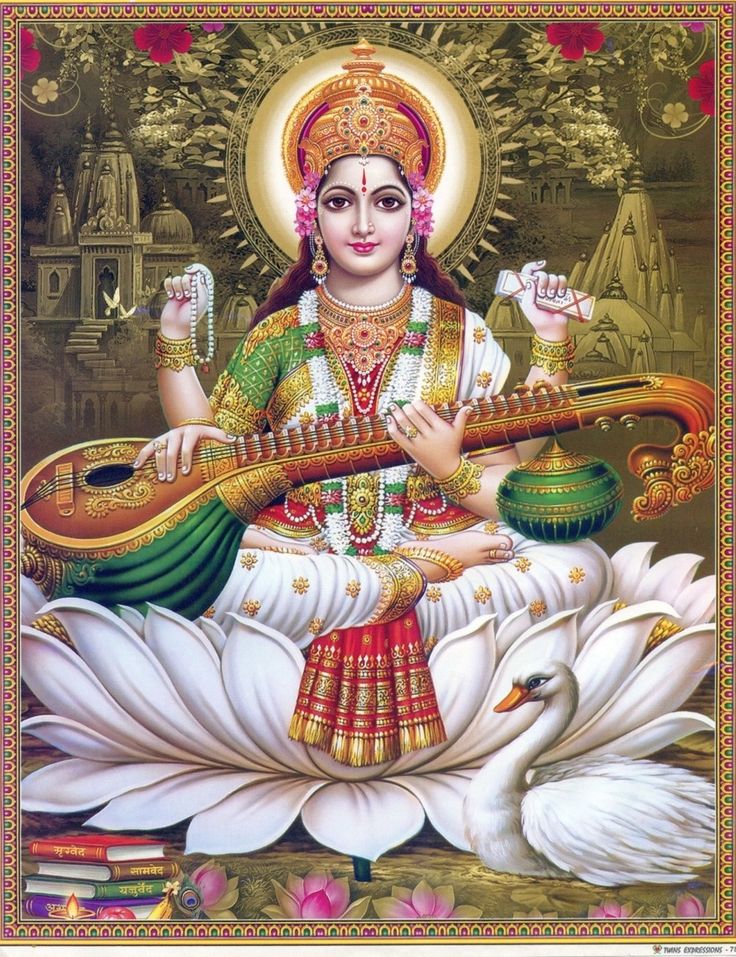
For the academic community, Saraswati Puja is not only important outside of the classroom. The goddess’s blessings are thought to be able to encourage creativity, promote academic success, and release her worshipers’ full capacity. Seeking her grace helps students and academics both to break free from challenges, push the envelope of their knowledge, and help their particular disciplines to grow.
The Purposive Timing of Saraswati Puja
Within the Hindu faith, Saraswati Puja’s timing has great astrological and spiritual meaning. Typically falling in late January or early February, the celebration marks the beginning of the spring season on the fifth day of the bright half of the Hindu month of Magha.
Hindu views hold that the arrival of spring is a lucky moment for the search of knowledge and fresh starts. Vasant Panchami, the day of Saraswati Puja, is the perfect time to start academic and creative projects since the warm and rich energy of the season is considered as a metaphor for the development of intellectual and creative capacities.
Astrologically, the fifth day of the brilliant half of Magha is regarded as extremely lucky “Muhurta” (auspicious time) for all kinds of fortunate events, including house-warming ceremonies, naming ceremonies, and marriage. This is so because the spring season is connected with the Sattva Guna, the characteristic of purity, harmony, and enlightenment, which Goddess Saraswati is supposed to be incarnate.
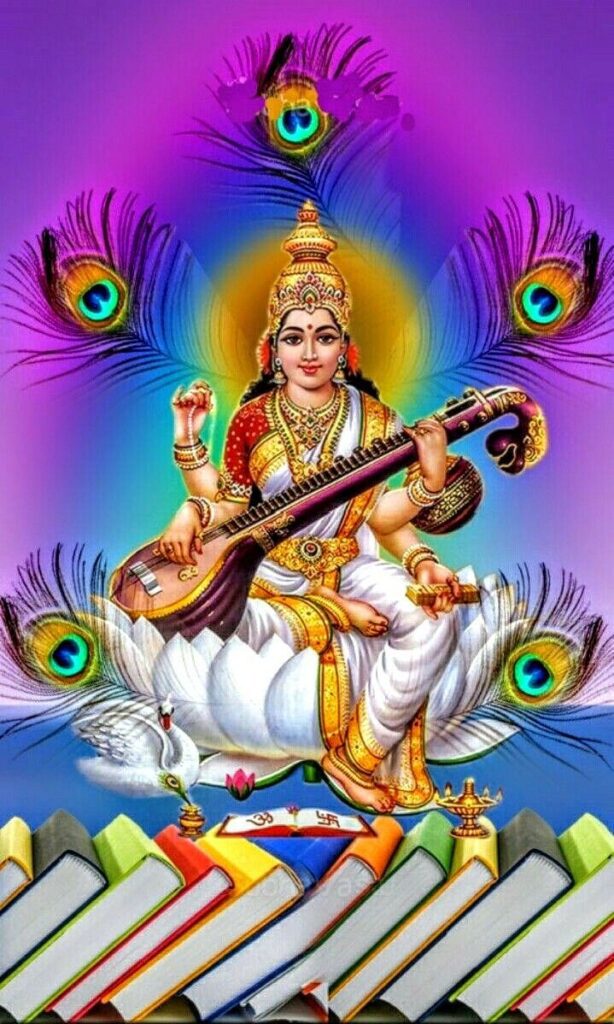
Therefore, the scheduling of Saraswati Puja reflects the strong conviction that the blessings of the goddess are most powerful during this period, not only a question of custom. Honoring her on this lucky day helps followers to use knowledge, creativity, and spiritual development’s transforming power, therefore opening the road for a rich and satisfying future.
The Saraswati Puja mantras
The spiritual activities connected with Saraswati Puja center mostly on the chanting of holy mantras. Rooted in the ancient Vedic scriptures, these holy chants are supposed to call forth the blessings and protective powers of the goddess, therefore enabling her adherents to succeed in their spiritual, creative, and scholastic activities.
One of the most often yelled mantras during Saraswati Puja is the “Om Aim Klim Sauh Shri Mahasaraswatyai Namah,” which translates to “Salutations to the great Goddess Saraswati.” This mantra is said to bestow upon the devotee the ability to overcome obstacles and unlock their full potential and so evoke the goddess’s divine attributes of knowledge, creativity, and enlightenment.
Celebrating the goddess’s position as the source of all knowledge and the giver of speech, another often used mantra is “Om Hrim Aim Hrim Om Saraswatyai Namah.” Reciting this mantra is supposed to help one to clear the mind, improve communication abilities, and strengthen the relationship with the divine.

Since the “Om Shree Saraswatyai Namah” mantra celebrates the goddess’s role as the Sattva Guna, the quality of purity and enlightenment, it is also often sung during Saraswati Puja. Often used to ask the goddess for blessings on fresh starts, scholastic success, and information acquisition is this chant.
These mantras have great power since they let the devotee’s consciousness line up with the divine energy of Goddess Saraswati, therefore opening the path to spiritual enlightenment, artistic expression, and intellectual development. Guiding by the blessings of the goddess, the faithful seek to release their infinite potential by chanting these holy songs with dedication and respect.
Saraswati Puja: Legends and Stories
Deeply ingrained in the rich tapestry of Hindu mythology, where the goddess’s divine beginnings and influence on the path of human civilization are spun into gripping storylines, is the celebration of Saraswati Puja.
As was already noted, one of the most well-known mythology connected with Saraswati Puja is the one on her birth. Hindu traditions hold that the universe’s creator, Lord Brahma, poured water from his Kamandal (holy vessel) into the air to produce the angelic form of Goddess Saraswati. Understanding her as the living example of knowledge, music, and the arts, Brahma asked her to perform songs and provide happiness, therefore releasing the quiet that had engulfed the just created planet.
The legend of Kamadeva, the Hindu god of love, and his wife Rati also holds great mythological relevance connected to Saraswati Puja. The Matsya Purana states that Lord Shiva once burned Kamadeva to ashes for his transgressions. Desperate, Rati had to spend forty days in penance to please the lord and bring her spouse back to life. Kamadeva was awakened at the lucky Vasant Panchami event when Lord Shiva at last granted her wish. The Rati-Kaam Mahotsav, a celebration of the heavenly union of love and loyalty, marks this event.
References to the goddess’s part in the life of respected sages and intellectuals abound in the legends about Saraswati Puja. The holy books tell great poets like Kalidas, as well as eminent sages like Valmiki, Vashishtha, Vishwamitra, Shaunak, and Vyas, accomplished their amazing exploits only through the adoration and graces of Goddess Saraswati.

Apart from providing a great spiritual value to Saraswati Puja, these fascinating mythological stories testify to the goddess’s continuous impact on human intellectual and creative activities. Honoring these icons helps followers follow the road of wisdom, enlightenment, and creative expression Goddess Saraswati has lit throughout millennia.
The Diverse Celebrations of Saraswati Puja Across the Indian Subcontinent, reflecting the rich cultural fabric of the area, the celebrations of Saraswati Puja adopt various and vivid forms.
Younger generations in the eastern state of West Bengal especially cherish the event since they eagerly await its arrival every year. Grand feasts, cultural events, and the vivid exhibition of the goddess’s iconography in homes and public places define the celebrations in this area.
Farther north, in the Himalayan country of Nepal, Saraswati Puja is honored as Basanta Panchami, a holiday that speaks to the arrival of spring. The celebrations in Nepal are distinguished by a harmonic mix of religious and cultural customs since people from many backgrounds gather to respect the goddess.
The Swayambhunath Temple, sometimes known as the “Monkey Temple,” is one of the most important pilgrimage sites for Saraswati Puja in Nepal. During the festival, this holy space becomes a vibrant canvas with the walls covered in the energetic scribbles of letters, numbers, and children’s names. This graphic depiction captures the delight and excitement that permeate the environment, therefore rendering a dynamic celebration of learning and artistic expression.
The celebrations of Saraswati Puja take on distinctive forms across the central and western parts of India, combining the respect of the goddess with local customs and practices. To signal the arrival of spring and the goddess’s blessings, some tribes have followers adorn jasmine garlands and fly kites.

The celebration among the Sikh community is observed by means of langar, a communal kitchen offering free meals to the underprivileged, therefore commemorating the goddess’s part in tending the earth’s abundance. The celebrations in Uttarakhand center on the adoration of Goddess Parvati and Lord Shiva, the mother and father of the earth, therefore emphasizing the worldwide appeal of Saraswati Puja.
These several regional celebrations not only demonstrate the richness of India’s cultural legacy but also the uniting force of Goddess Saraswati, whose blessings cut beyond faith and territory. By means of these enthralling customs and ceremonies, the devoted attempt to respect the goddess’s influence in forming the intellectual, creative, and spiritual terrain of the Indian subcontinent.
The Continuity of Saraswati Puja
Celebrated as evidence of the Hindu faith’s continuing tradition and great regard for the search of knowledge, creativity, and spiritual enlightenment is Saraswati Puja. Celebrated around the Indian subcontinent, this lucky holiday has survived the passage of time and evolved to fit the shifting sociocultural settings while maintaining its fundamental divine relevance.
For millennia, Hindu tradition has revolved mostly on the respect of Goddess Saraswati, the personification of wisdom, knowledge, and the arts, therefore guiding the path. The devout are not only following a custom but also starting a voyage of self-discovery and personal development as they assemble to adore the goddess and ask her blessings.
By means of the customs, mantras, and mythological narratives connected with Saraswati Puja, devotees are reminded of the natural link between the sacred and the search of knowledge. The blessings of the goddess are said to be the key to releasing the infinite possibility inside every person thereby enabling them to succeed in their spiritual, creative, and intellectual activities.
Saraswati Puja’s universality is maybe its most amazing quality since the celebration invites individuals of many beliefs to its divine embrace, therefore transcending religious and cultural boundaries. The respect for the goddess and the awareness of her transforming power ties all of these events, whether they be the colorful celebrations in West Bengal, the harmonic blending of traditions in Nepal, or the particular regional cultures around the Indian subcontinent.
The ongoing heritage of Saraswati Puja reminds us of the timeless worth of education, creativity, and spiritual development even as the world changes. Honoring the goddess and seeking her blessings helps followers to confirm their dedication to the search of knowledge and the improvement of the human condition, therefore ensuring that the legacy of Saraswati Puja inspires next generations.
Conclusion
Within the great fabric of Hindu celebrations, Saraswati Puja is unique in that it unites people in a common search for knowledge, wisdom, and artistic expression beyond religious and cultural borders. The devout await the advent of this lucky event, seeking the graces of the goddess who epitomizes the very essence of intellect and creativity, as the soft whispers of spring bring in a new season of regeneration and expansion.
From the vivid colors of yellow decorating the celebrations to the melodic chants resounding through the air, Saraswati Puja stimulates the senses and feeds the soul. Remind us of the great link between the holy and the search of knowledge by the rituals, stories, and tales connected with this festival, so attesting to the legacy of the Hindu religion.
Examining the fascinating past and great relevance of Saraswati Puja helps us to remember the transforming power of the goddess’s blessings. Whether it is the academic achievement of students, the artistic triumphs of musicians and painters, or the spiritual enlightenment of seekers, the divine grace of Saraswati has the capacity to release the unbounded potential inside each person.
Celebrating Saraswati Puja serves as a timeless reminder of the need of respecting the goddess who is the very embodiment of these beloved qualities in a society that values the search of knowledge and the development of the creative spirit more and more. Guided by the brilliant light of Goddess Saraswati, may the faithful be motivated to start a path of lifetime learning, artistic expression, and spiritual development as they pay their respects and search the goddess’s blessings.
#saraswatipuja #saraswathi pooja #bengali #hindu
